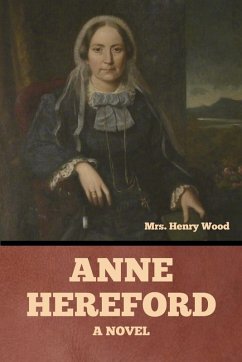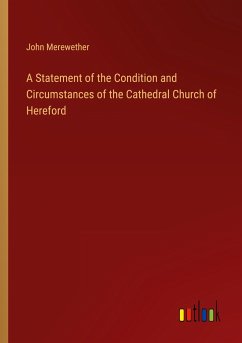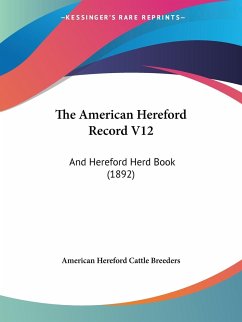A rip-roaring saga of scandal, orphans done wrong by, marriage for money, murder, revenge, disgruntled servants, overworked governesses, family secrets, spoiled aristocrats, French finishing schools, elopements, mysterious west wings...whats not to love? Add a surprisingly modern pace and lack of the preachy overwordiness often ascribed to Victorian novelists, and this was a page-turner extraordinaire. (Cece) About the Author Ellen Price (17 January 1814 - 10 February 1887), better known as Mrs. Henry Wood, was an English novelist. She is best remembered for her 1861 novel East Lynne. Many of her books sold well internationally and were widely read in the United States. In her time, she surpassed Charles Dickens in fame in Australia. Price was born in Worcester, on 17 January 1814. In 1836 she married Henry Wood, who worked in the banking and shipping trade in Dauphiné in the south of France, where they lived for 20 years. On the failure of Wood's business, the family (including four children) returned to England and settled in Upper Norwood near London, where Ellen Wood turned to writing. This supported the family. Henry Wood died in 1866. She wrote over 30 novels, many of which (especially East Lynne) enjoyed remarkable popularity. Among the best known are Danesbury House, Oswald Cray, Mrs. Halliburton's Troubles, The Channings, Lord Oakburn's Daughters and The Shadow of Ashlydyat. Her writing tone would be described as "conservative and Christian," occasionally expressing religious rhetoric. In 1867, Wood purchased the English magazine Argosy, which had been founded by Alexander Strahan in 1865. She wrote much of the magazine herself, but other contributors included Hesba Stretton, Julia Kavanagh, Christina Rossetti, Sarah Doudney and Rosa Nouchette Carey. Wood continued as its editor until her death in 1887, when her son Charles Wood took over. Wood's works were translated into many languages, including French and Russian. Leo Tolstoy, in a 9 March 1872 letter to his older brother Sergei, noted that he was "reading Mrs. Wood's wonderful novel In the Maze". Wood wrote several works of supernatural fiction, including "The Ghost" (1867) and the oft-anthologized "Reality or Delusion?" (1868). She died of bronchitis. (wikipedia.org)
Hinweis: Dieser Artikel kann nur an eine deutsche Lieferadresse ausgeliefert werden.
Hinweis: Dieser Artikel kann nur an eine deutsche Lieferadresse ausgeliefert werden.








